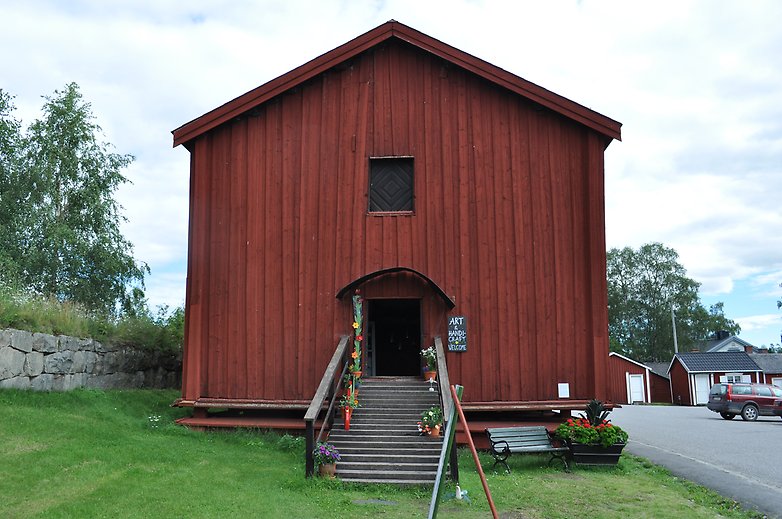More information
Gammelstad
TagsThe farmers i Luleå lived in self-supporting households until the mid-19th century. This meant that people cultivated crops and produced everything they needed by themselves.
Coins and banknotes were rare. Even taxes were paid with goods from agriculture, hunting and fishing. The church tax, a tithe, was used for priest’s salaries, poor relief and other ecclesiastical activities. The tithe consisted of a tenth of all produce. It was normally collected in large storehouses known as tithe booths.
In 1836 the building took on a new function. It became a parish storehouse where the surplus from good grain harvests was stored. The grain collected there was the farmers’ life insurance and it was used for sowing when the harvest failed. During years with rich harvests the stored corn was doled out to the poor of the parish. Gammelstad’s parish storehouse was probably built in 1790.

 Gammelstad Church Town
Gammelstad Church Town
 Hägnan
Hägnan
 For visitors
For visitors
 Booking
Booking
